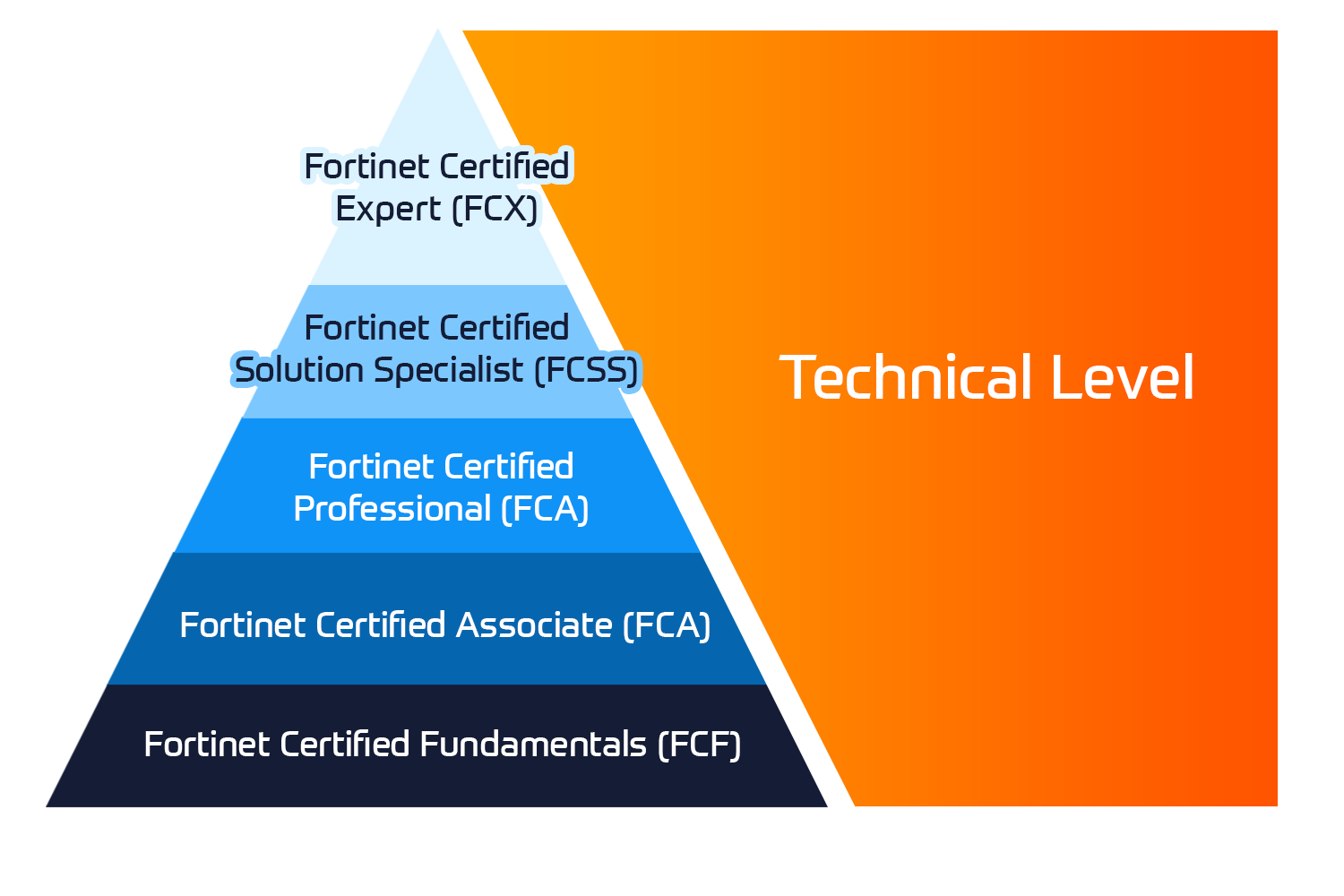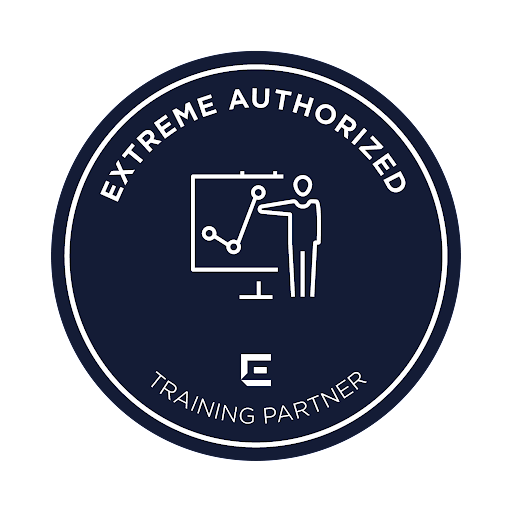The Symantec Cluster Server 6.x for UNIX: Administration Fundamentals course is designed for the IT professional tasked with installing, configuring, and maintaining Symantec Cluster Server (VCS) clusters.
This five day, Virtual Academy, hands-on class covers how to use Symantec Cluster Server to manage applications in a high availability environment. After gaining the fundamental skills that are needed to manage a highly available application in a cluster, you can deploy VCS in a lab environment to implement a sample cluster design.

 United Kingdom
United Kingdom Germany
Germany Denmark
Denmark Sweden
Sweden Italy
Italy Netherlands
Netherlands Norway
Norway 
















 Kesto
Kesto  Toimitus
Toimitus  Hinta
Hinta